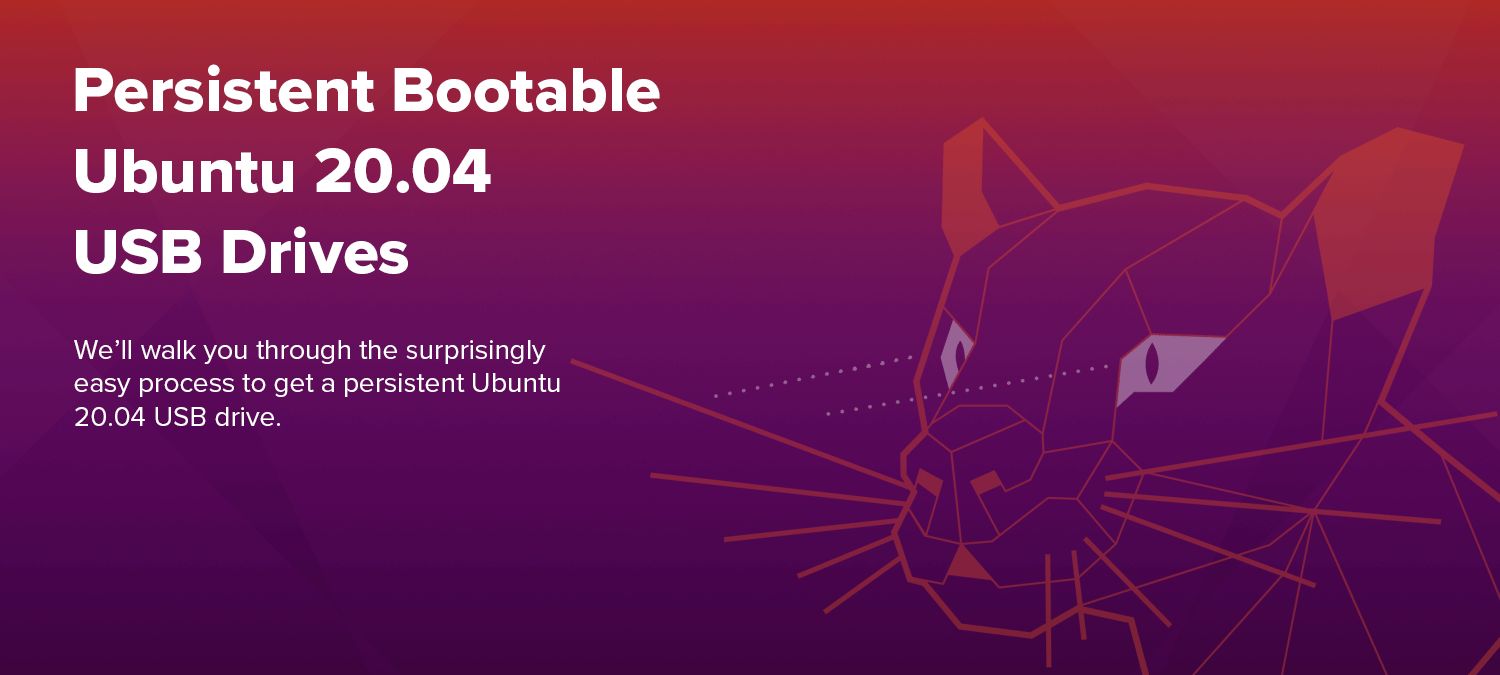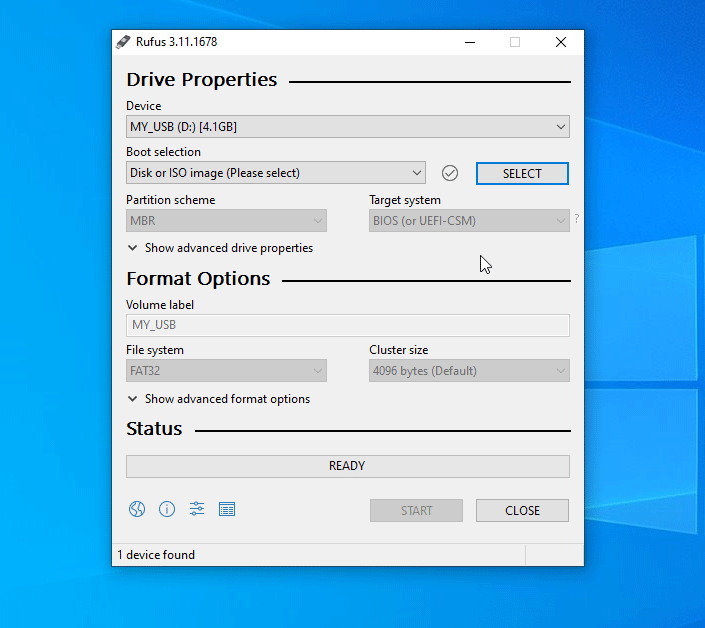
Creating your own Linux Live usb, with persistent memory!
It should go without saying, we love cool USBs and USB projects. We're always on the lookout for interesting USB inventions whether that be a unique design or something on the digital end that turns the flash drive into a useful tool. While the unique designs potentially make it to our product lineup, the cool flash drive ideas usually just end up as conversation pieces for us. So instead, we wanted to start showing our readers some of the cool things you can do with your flash drives, beginning with perhaps the most universally-useful re-purpose of flash drive: a bootable and persistent Linux live disk!
Put simply, a live disk allows you to run an operating system off of a removable storage device. This is done by downloading the OS' iso image directly from the creator and implementing it onto the USB as if it were a home computer. In our case, we just popped on over to Linux's download page and downloaded the LTS (long term service) version of Ubuntu totally free.
What makes this project special is that we are going to be creating live disks with persistent memory! This is to say that you'll be able to work on your flash drive's os and maintain some of the data from that session. This used to be a pain to get done but like plenty of things, it's been progressively made easier by lightweight software.
Along with the disk image file, or ISO, you'll need the help of an application to get the job done. UNetBootin has historically been the go-to for jobs like this and it's still very reliable. However, after some recommendations, Rufus seems to be the new and improved alternative capable of doing the entire job in one click, offering a lot more parameters and options, and also (according to fellow bloggers) seeming to be more reliable overall.
You will need:
- ISO (disk image file) - free download from Linux
- Rufus - free download here, rufus.ie
- A formatted USB with at least 2gb of storage - get one, or buy wholesale from us!
Start by plugging your flash drive in and ensuring that you there's nothing saved to the drive that you want to keep. Everything on the drive, including separate partitions, will be erased so be sure to double-check. Once you've done so, open up Rufus
Rufus will automatically detect any removable storage you have connected to your PC on launch. Ensure that the device at the top is the USB you'd like to turn into your persistent drive.
Once you've done that, you'll need to select the ISO you have saved to your computer. You'll need to use the file browser and go to the location you have it saved on your PC. For me, it was in My Downloads. Follow the gif below if you're having trouble finding it.
Next, you'll have the choice to determine how large the persistent memory will be. I have noticed that the larger you make the persistent partition the longer the process takes. But more than that, I did encounter some errors when trying to make the partition at maximum size. Because of this, I recommend making your persistent space relatively small like 500 mbs to avoid issues. This should give you enough space to take some notes during class or save an important file. Also keep in mind that if you don't set a size, Rufus will just make the bootable drive non-persistent. If that's what you prefer then feel free to leave the slider at 0.

The rest of the settings are recommended left to default unless you are familiar with the categories and are looking for something different. For example, you may require an alternate file system for use on your Mac or other devices. For this project, I left my settings on default choices for max compatibility.
At the bottom, you'll see an indicator showing when the process is ready to begin. Considering you've no issues, it should say "Ready". Press start and allow the process to run its course. This could take several minutes depending on the size you allocated for persistent memory.
Rufus will rename your flash drive to the name of the operating system and you'll be able to use it once finished.
Why do this?
Some of you will probably wonder why doing this is useful, particularly if you already own a working PC. While I admit not everyone will have a use for a portable Linux bootable drive, it should also be pretty easy to see the uses here. Not only is this a running instance of a reliable operating system, but it's essentially a personal one.
This can change what it means to use library computers for students allowing them to run software they need on computers they may not be able to afford. If you've ever been to a public library, you'll know that a drive like this can be life saving on computers that don't allow foreign programs and have no persistence from session to session.
Moreover, consider the possibilities for remote and rural areas where actual PCs are scarce and valuable. A fleet of bootable drives like these can help make that scarce technology available to everyone in a viable and cheap way. Turning one PC into 20 PCs for a classroom of children, or how about allowing adults to take night classes and save their work using computers they don't own.
Making a bootable flash drive is cool, even if it's just to say you did it. But probably the most impressive aspect of this project was how easy it was. Creating a portable PC out of relatively inexpensive parts is something engineers and scientists toiled over for decades and we just made one in a few minutes. If you can see the value in that, then you're on the right blog!